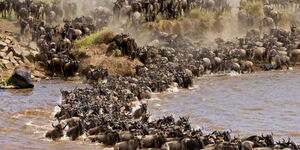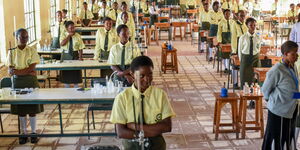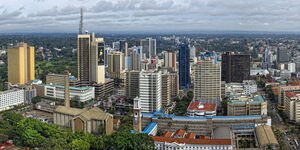The Kenya Forest Service (KFS) has unveiled a multimillion-shilling initiative to reclaim degraded forest land around Lake Naivasha, marking a major step in the country’s environmental conservation efforts.
The three-year project, called the Lake Naivasha Basin Ecosystem-Based Management Project, backed by government funding and international partners, aims to restore forest ecosystems and reduce land degradation in the Lake Naivasha Basin (LNB).
The reclamation plan, part of a broader national strategy, will focus on key zones within the Naivasha Lake basin, including Eburru, Mau Narok, and Kereita Forest.
It will see the restoration of the catchment of Lake Naivasha in the Aberdares Forest Ecosystem as well as the riparian areas of the lake.
These areas have suffered extensive deforestation due to illegal logging and encroachment, threatening water supplies and wildlife habitats.
According to KFS, the project is backed by the Global Environment Fund (GEF-7) through the World Wildlife Fund-US to the tune of USD 1.78 million, or about Ksh230 million.
The Naivasha initiative aligns with a similar rehabilitation effort in Ngong Forest, where the KFS has been working to restore 1,000 hectares of degraded land.
A core objective of the plan is to revive water catchment zones that feed into Lake Naivasha, a vital freshwater source for agriculture and tourism.
Lake Naivasha hosts hippos, flamingos, and fisheries and is a crucial tourist destination, with the global World Safari Rally Championship (WRC) being held in the area annually. The reclamation project aims to reverse this trend, with a target of restoring 5,000 hectares within three years.
The KFS will partner with local communities to plant indigenous trees and implement soil conservation measures.
The project ties into President William Ruto’s ambitious pledge to plant 1 billion trees by 2032, a cornerstone of his climate action agenda.
Since its launch, the initiative has seen over 750 million trees planted in 2024 alone.












